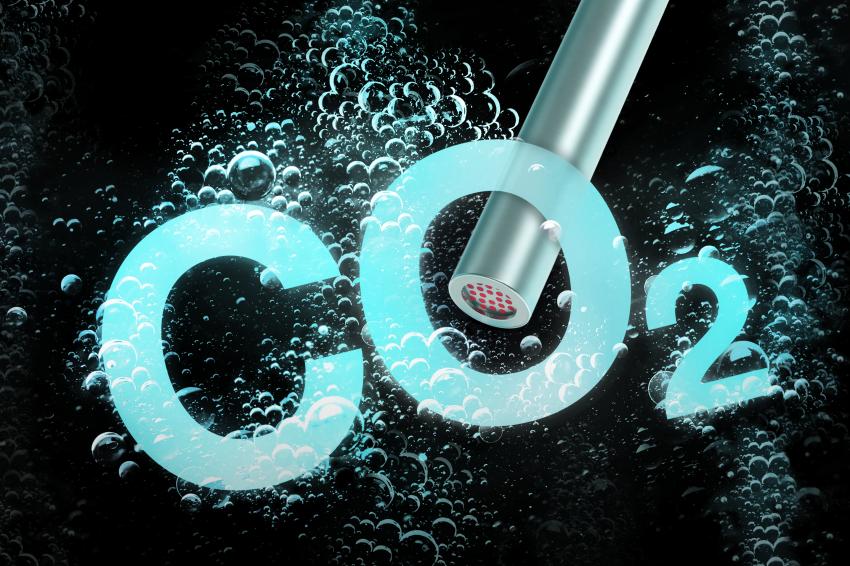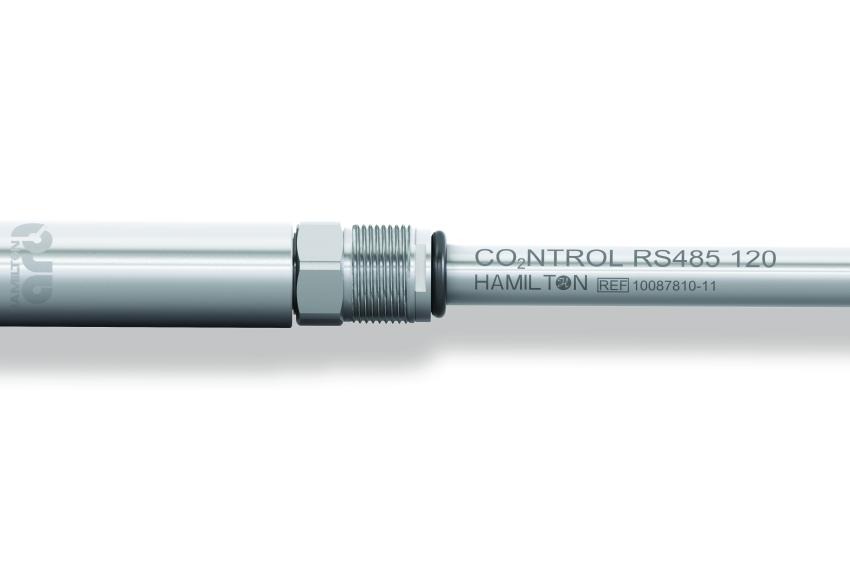Dissolved CO2 in Bioreactors
Advancements in Measuring Technology that Enable a Real Control Strategy
Dissolved CO2 (DCO2) is one of the CPP’s that plays a major role in bioprocesses. Just like pH and dissolved oxygen (DO), DCO2 should have its own defined set-point and a control strategy. This means it is required to control it in real-time to enable the automatic self-regulation during the bioprocesses in both lab and production. Compared to isolated off-line measurements, real-time in-line dissolved CO₂ control strategies help to deliver higher viable cell density, a prolonged growth phase, and higher product yield within the expected quality.
There are many ways to monitor dissolved CO2 in the bioreactor and many factors to consider when choosing the most appropriate method for a given application.
However, to get the maximum process enhancement, there is no way around in-line DCO2 measurements. For this purpose, there are currently two alternatives available on the market:
The historical alternative is represented by the Severinghaus-based electrochemical sensors. They have been available for years and measure DCO2 indirectly by combining a pH and electrochemical dissolved oxygen (DO) measurement in one sensor. Their maintenance however is laborious as multiple sources of drift must be compensated by time-consuming product calibrations.
To overcome this drawback, Hamilton has just launched a new alternative: optical sensors named “CO2NTROL”. They are aimed to satisfy the requirements of biopharma industry in terms of accuracy, robustness (SIP/CIP compliance) and cleanability (EHEDG compliant hygienic design). According to the manufacturer, this new technology is completely maintenance free thanks to its solid-state-design and the direct DCO2 measurement guaranteed by its innovative optical technology results in interference-free, therefore accurate measurement, and with the lowest cost of ownership. “To accomplish this, we had to reduce the Severinghaus complexity by eliminating any liquid components as well as avoiding the need for replacement parts”, says Giovanni Campolongo, Market Segment Manager at Hamilton Bonaduz. “Our R&D team developed a Solid State Mid-Infrared (MIR) optical technology. By its very name, our new sensors enable our biopharma users to set-up dissolved CO₂ real-time control.” First reactions from biopharmaceutical manufacturers confirm its easy handling and hassle-free operation.






